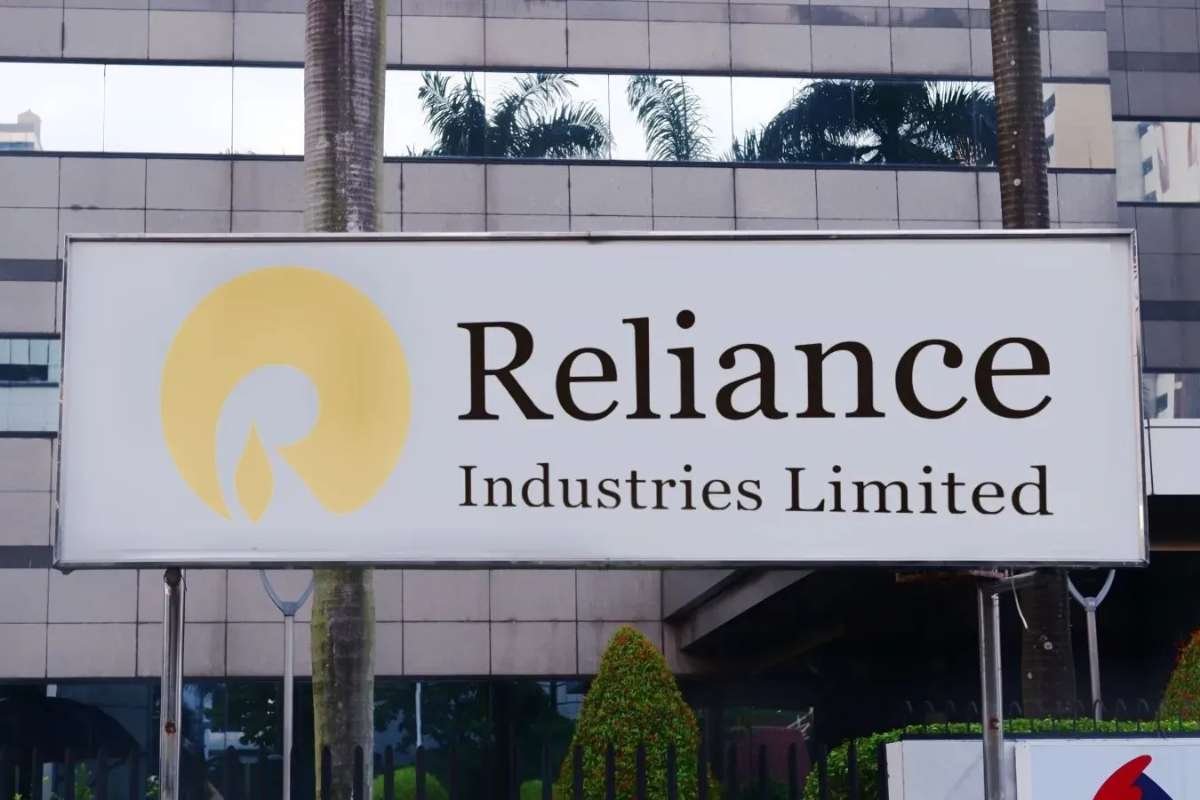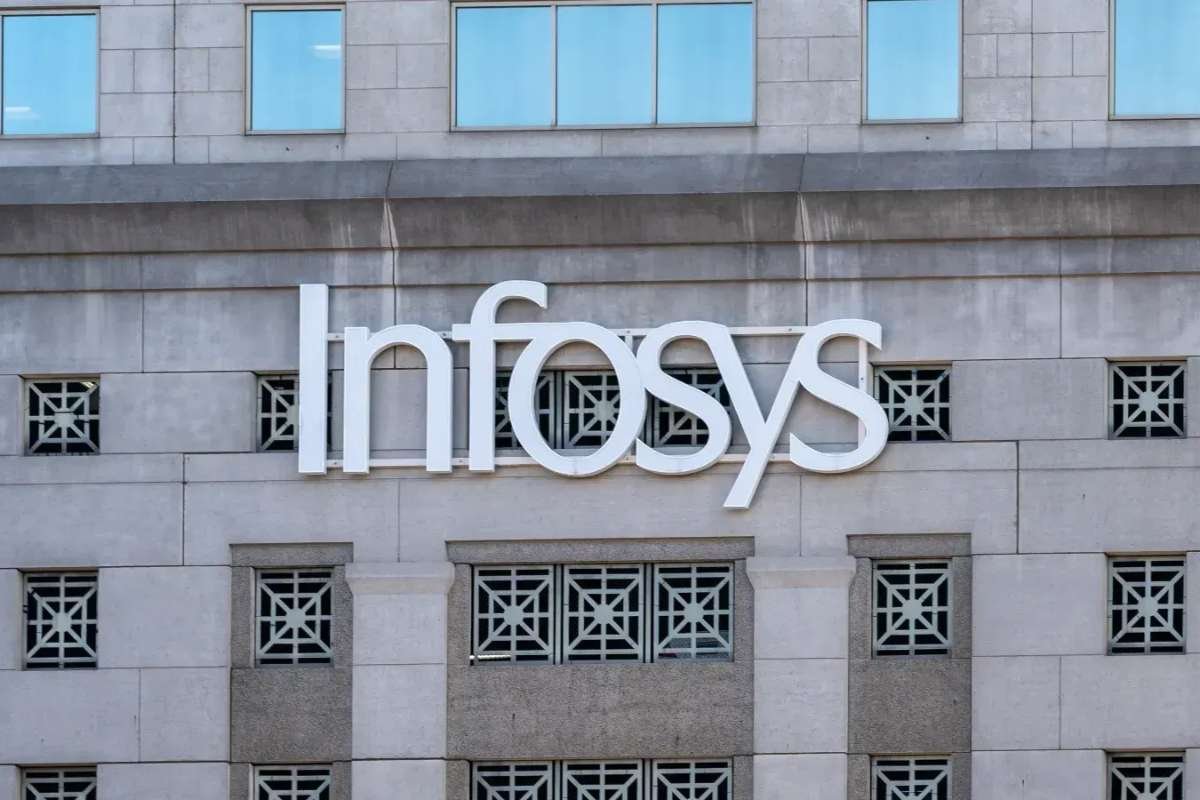For many small and medium business going public is challenging and complicated filled with unclear rules, limited investor trust, and ups and downs in market. So, in a support of these businesses SEBI’s latest guidelines have introduced substantial changes to the rules for SME IPOs (Small and Medium Enterprises Initial Public Offerings) under the 2018 ICDR regulations. These updates came on November 19, 2024 after SEBI shared a question paper and later approved changes in a board’s meeting on December 18, 2024.
Since starting SME platform in 2012, SEBI has been working to make the market safer and efficient for investors. With these new changes it hopes to make the process go more transparent, build stronger trust with investors, and make the market work better for everyone than ever.
It’s time to break down SEBI’s latest guidelines and understand their implications for both businesses and investors, ensuring everyone can navigate these changes effectively.
Here Are the SEBI’s New Rules:

1. Who Can Apply for an IPO? New Rules on Eligibility
SEBI now wants companies to meet stronger standards before going public. If your business has pending convertible shares (like special rights to buy shares in the future), you’re not allowed to launch an IPO—unless it’s part of an employee benefit plan like ESOPs.
Also, if your business was recently a sole proprietorship, partnership, or LLP and has just become a company, you now need to show at least one full year of operations before applying.
To ensure only financially sound businesses go public, SEBI now asks companies to show a minimum profit of ₹1 crore (EBITDA) in at least two of the last three years. If there’s been a big change in ownership (like a new promoter buying over 50% of shares), your company must wait one year before applying for an IPO.
2. Using IPO Money the Right Way
SEBI wants to make sure companies use IPO funds wisely. That’s why there’s now a cap on how much money can be used for general corporate purposes—whichever is lower between ₹10 crore or 15% of the issue size. Earlier, this limit was 25%.
Also, companies can no longer use IPO money to repay loans taken from promoters or related parties. The goal? To make sure public money is used to grow the business—not to settle internal debts.
Promoters still have to lock in their minimum required shares for three years. But if they own more than the minimum, half of the extra shares must be locked for two years, and the other half for one year. Even pre-IPO shares given under employee reward schemes will now face a lock-in period.
3. Better Monitoring of Funds
To avoid the misuse of your IPO money, SEBI now requires strong monitoring, it depends on the value you’re putting. If the IPO value is worth ₹50 crore or more, a credit rating agency must keep track of how funds are used (earlier this applied to IPOs over ₹100 crore). For smaller IPOs, your company’s auditor must certify how funds are used every quarter.
If your IPO includes ₹5 crore or more for working capital, that usage also needs to be verified by the auditor.
Plus, if promoters or their groups make any financial transactions during the IPO process, they must be reported within 24 hours. Same goes for any pre-IPO placement deals.
4. More Transparency for Investors
SEBI’s latest guidelines are enhancing investor-friendliness in IPOs by mandating more comprehensive disclosures from companies. Now, your IPO document must include details like employee fund contributions (EPF, ESIC), and the lead manager must do a site visit and include their report.
They also have to reveal the fees they’re charging for managing the IPO. These steps are designed to build investor trust and make the process more transparent.
Draft offer documents will now be open for public comments for 21 days, and companies must notify the public through a newspaper ad.
5. Changes in Pricing and Allotment
Companies must now publish their price band or minimum price in newspapers at least two working days before the IPO opens. Also, the minimum investment amount has increased—investors now need to apply for at least two lots, with a total of ₹2 lakh or more.
To make sure retail and big investors both get a fair chance, non-institutional investors (NIIs) are now divided into two groups—one-third of shares are reserved for those investing between ₹2 lakh and ₹10 lakh, and two-thirds for those investing more than ₹10 lakh.
The minimum number of investors in an SME IPO has also gone up—from 50 to 200. That means broader participation and better price discovery.
6. Shifting to the Main Board Just Got Easier
If your company’s post-IPO capital crosses ₹25 crore, you can now move straight to the Main Board without being listed on the SME Exchange first—if you meet the Main Board rules.
Also, if your company changes its IPO plans or how it promised to use funds, any shareholder who doesn’t agree must be given a fair exit option.
You Must Read: Capital Structure Optimization: A Key to Financial Efficiency in India
Their Impact on Startups and IPO Aspirants

If you’re new in business planning to launch an IPO, see how above given rules can affect you:
1. Only Strong and Ready Businesses Can Apply
Now, SEBI wants companies to show that they are financially strong and well-organized before going public.
This means:
- You need to show at least ₹1 crore profit in two out of the last three years.
- If your company has recently changed its form (from a proprietorship or partnership to a private company), it must have completed at least one full financial year in that new structure.
Impact:
Now startups will have to plan in advance, build strong financials, and stay consistent before applying for an IPO.
2. Greater Trust from Investors
SEBI’s latest guidelines require companies to provide more clear and detailed information about their business and finances.
This includes:
- How they’ll use the money raised from the IPO
- Full disclosure of employee benefit contributions (like EPF and ESIC)
- Site visit reports by the lead manager
Impact:
When companies are open and honest, investors feel more confident. This can increase interest in your IPO and help you raise funds more successfully.
3. Easier Monitoring of Funds
For IPOs above ₹50 crore, an independent agency will check how money is used. And for smaller IPOs, your company’s official auditor must confirm fund usage every quarter.
Impact:
This gives more control and accountability, ensuring companies don’t misuse investor money.
4. Lock-In Period for Promoters and Pre-IPO Investors
SEBI still requires promoters to keep a minimum portion of their shares locked for 3 years.
But now:
- Any extra shares held by promoters are split—half locked for 2 years, half for 1 year.
- Even employees or early investors who got shares before the IPO may need to hold on to them for a set time.
Impact:
This reduces the chance of early exits and shows investors that promoters are serious about long-term growth.
Conclusion
SEBI’s latest guidelines have significantly enhanced the safety, fairness, and trustworthiness of IPOs for both investors and businesses. These updates help companies to be prepared, more transparent, and responsible with public funds.
Stay informed, stay ready, and when the time is right go public.






